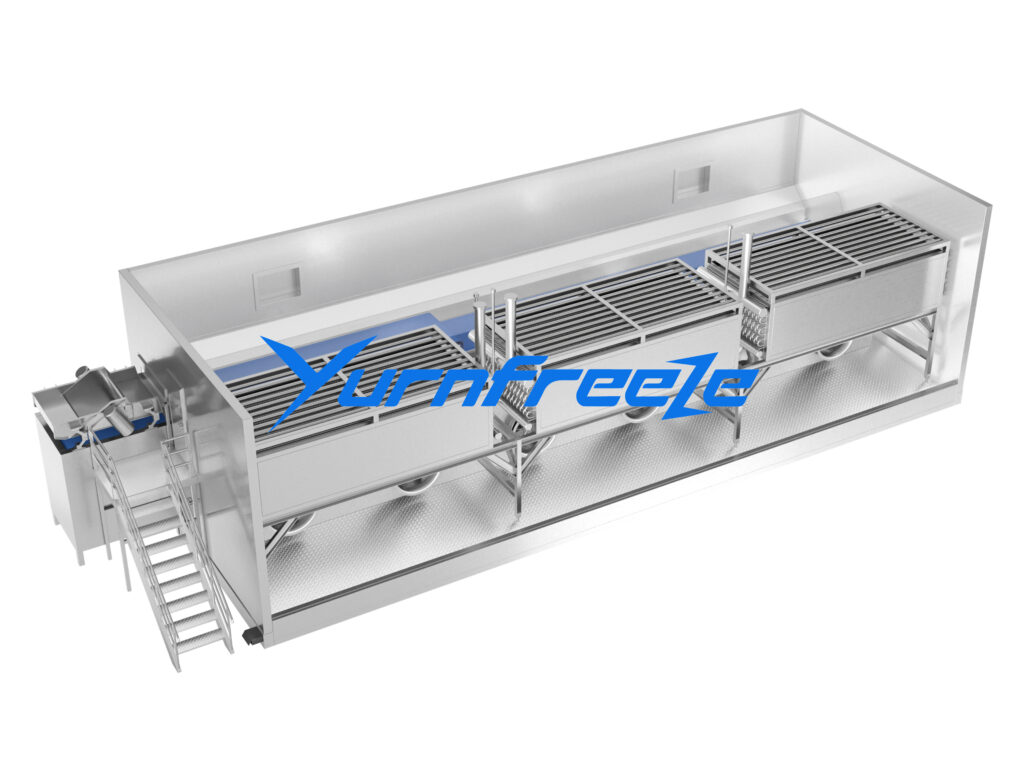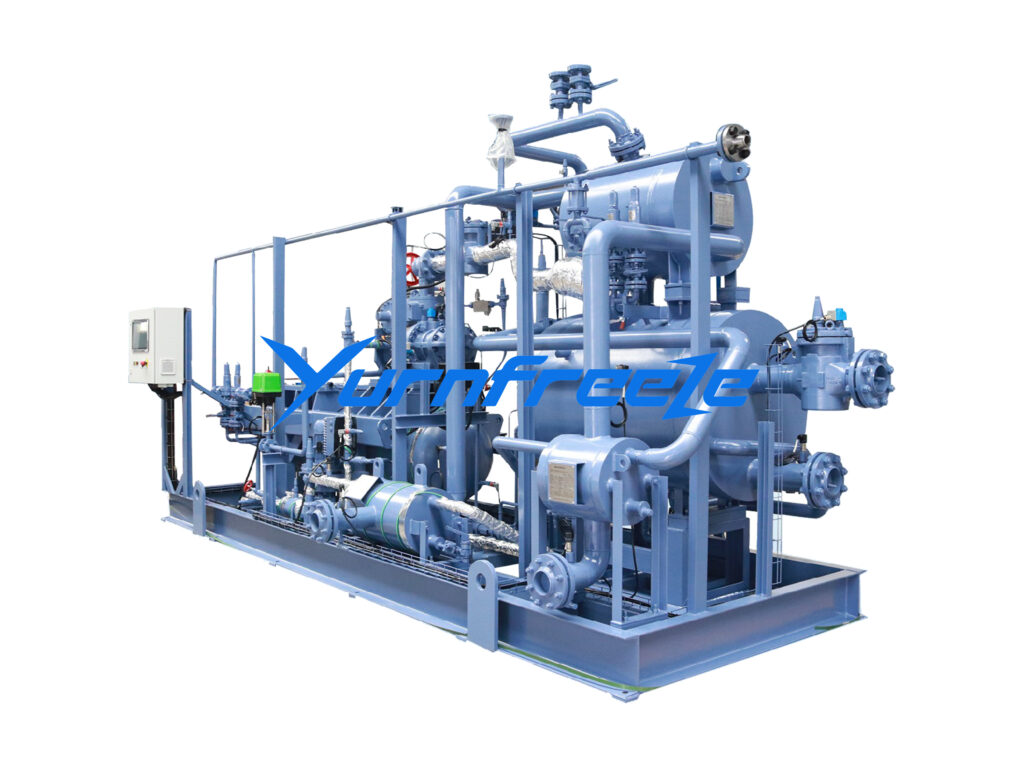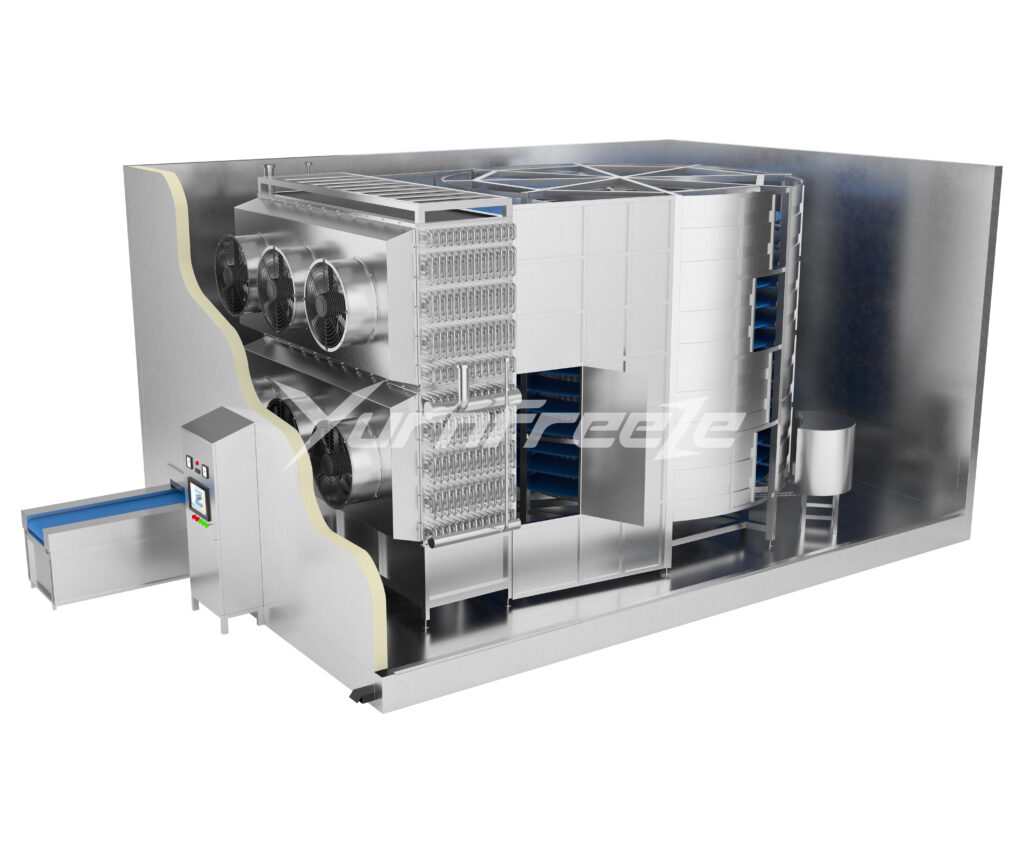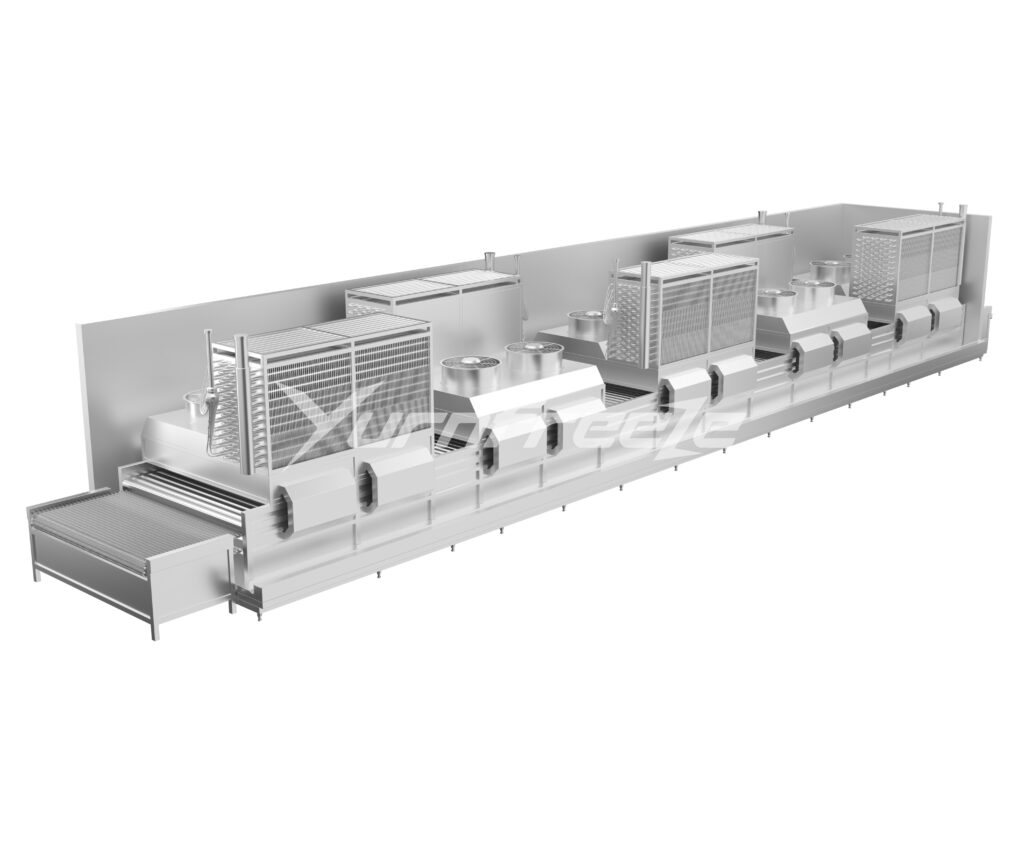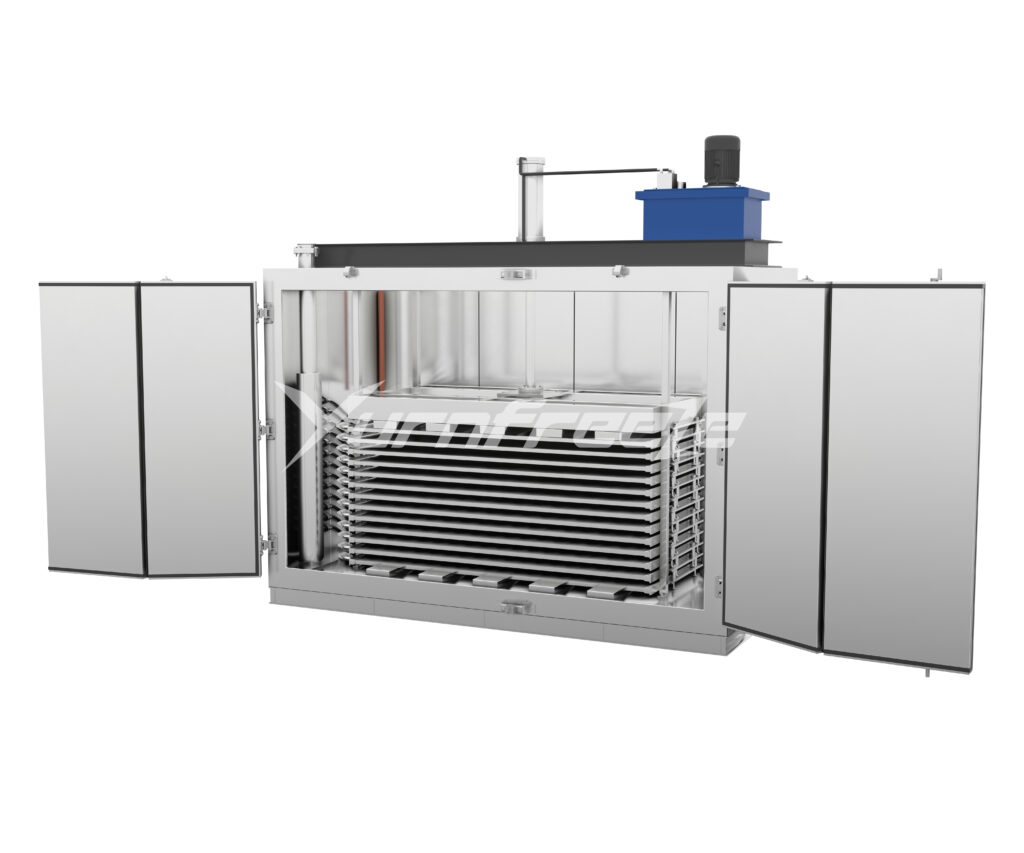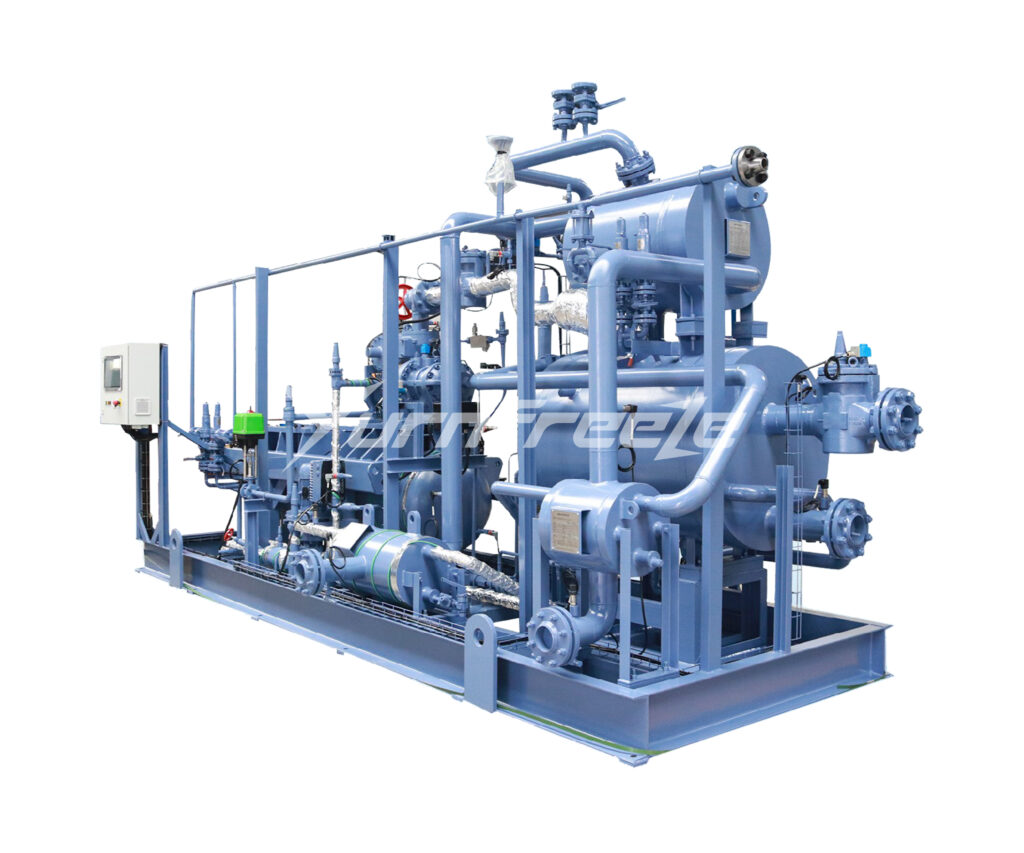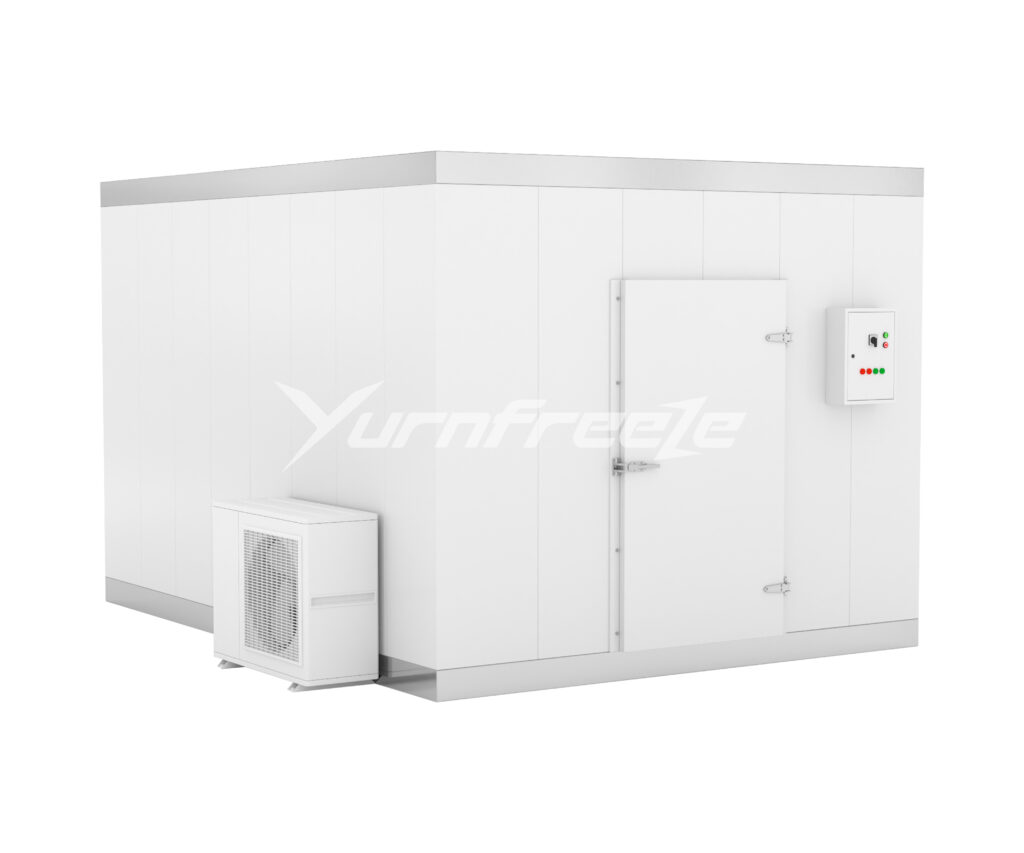Refrigeration equipment is a kind of equipment widely used in many industries such as food cooling, food processing, food freezing, food storage, food transportation, low temperature laboratory, ice making, process cooling, etc. According to different application scenarios and needs, refrigeration equipment can be divided into many types and specifications. The following are some common refrigeration equipment:
Here are the translations of the Chinese descriptions into English:
- Refrigerator: Refrigeration and preservation equipment used in homes and commercial places, usually including single-door, double-door, triple-door, and multi-door styles.
- Freezer: Ice-making and refrigeration equipment used in commercial and home places, usually including single-layer, double-layer, and triple-layer styles.
- Cold Storage: Equipment used for long-term storage of frozen food and other items, usually including single-layer, double-layer, and multi-layer styles.
- Quick Freezer: Equipment used for rapid freezing of food and other items, usually including tunnel, rotary, and vertical tube styles.
- Freezer: Equipment used for storing frozen food and other items, usually including single-door, double-door, and triple-door styles.
- Freezing Machine: Equipment used for rapid freezing of food and other items, usually including vertical, horizontal, and tunnel styles.
- Fresh-Keeping Machine: A sealed device used to transport fresh fish, fresh meat, frozen food, fruits, vegetables, films, medicines, and other goods that need to be kept at a certain temperature.
- Refrigeration Machine: A device used for refrigeration and cooling, usually including different styles such as air conditioners, cold storage, and refrigeration units.
In summary, there are many types of refrigeration equipment, and you can choose the right equipment according to different needs and scenarios.
The frozen food industry refers to the industry that sells various foods and beverages after freezing. Freezing is a common method of food preservation. By lowering the temperature of food to a temperature below freezing, it can effectively extend the shelf life of food and maintain its nutritional value and taste.
The frozen food industry includes multiple sub-industries such as frozen meat, frozen seafood, frozen vegetables, frozen fruits, frozen pastries, and frozen fast food. With people’s pursuit of food safety and convenience, the frozen food industry has gradually grown and developed.
The development of the frozen food industry benefits from multiple factors. First, frozen products can be stored for a long time, which is convenient for consumers to buy and eat at any time, meeting the convenience needs of modern life. Second, frozen products can maintain the original state and taste of food, ensuring the quality and nutritional value of food. In addition, frozen products can also solve the problem of seasonal food supply, allowing consumers to enjoy fresh food at any time.
However, the frozen food industry also faces some challenges. First, the processing and storage of frozen products require professional equipment and technology, which increases costs. Second, the quality and taste of frozen products are easily affected by changes in the freezing process and the thawing process after freezing, which requires continuous improvement and improvement of technology. In addition, consumers’ requirements for food safety and quality are also increasing, and frozen food companies need to strengthen quality management and supervision.
Overall, the frozen food industry plays an important role in meeting consumer needs and improving the food supply chain. As people’s demand for convenient, safe and high-quality food continues to grow, the frozen food industry is expected to continue to grow and develop.
The future development direction of the frozen food industry may include the following aspects:
- Health and nutrition: As people’s attention to health and nutrition continues to increase, the frozen food industry will focus on developing more healthy, nutritious and convenient frozen foods. This may include products such as low salt, low sugar, low fat, and high protein to meet consumers’ demand for healthy diets.
- No additives and natural ingredients: Consumers are increasingly concerned about food additives, so the frozen food industry will pay more attention to the use of natural ingredients and additive-free products. This will drive frozen food manufacturers to develop more frozen foods that use natural raw materials and do not contain preservatives, artificial colors and flavorings.
- Innovative products: The frozen food industry will continue to launch more innovative products to meet the needs of different consumers. This may include vegetarian and vegan products, organic foods, gluten-free products, etc. In addition, the frozen food industry can also use new technologies and processes to create more types of frozen foods, such as frozen pastries, frozen drinks, frozen seasonings, etc.
- Development of e-commerce channels: With the rise of e-commerce, the frozen food industry will further develop online sales channels. Consumers can conveniently purchase a variety of frozen foods through e-commerce platforms without going to physical stores. This will bring more sales opportunities and growth potential to the frozen food industry.
- Improvement of cold chain logistics: Cold chain logistics is a key link in the frozen food industry to ensure the freshness and quality of frozen foods. In the future, cold chain logistics will be further improved to improve the efficiency and safety of transporting and storing frozen foods. This will help expand the market size and coverage of the frozen food industry.
In short, with the changes in consumer demand and the advancement of technology, the frozen food industry will develop towards health, additive-free, innovation and e-commerce channels, and continue to improve cold chain logistics to meet the growing market demand.





